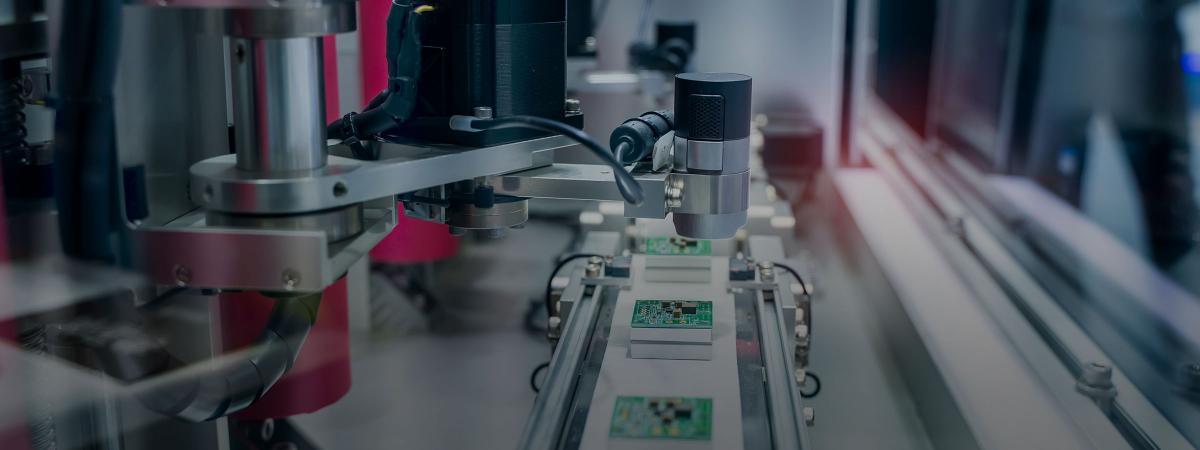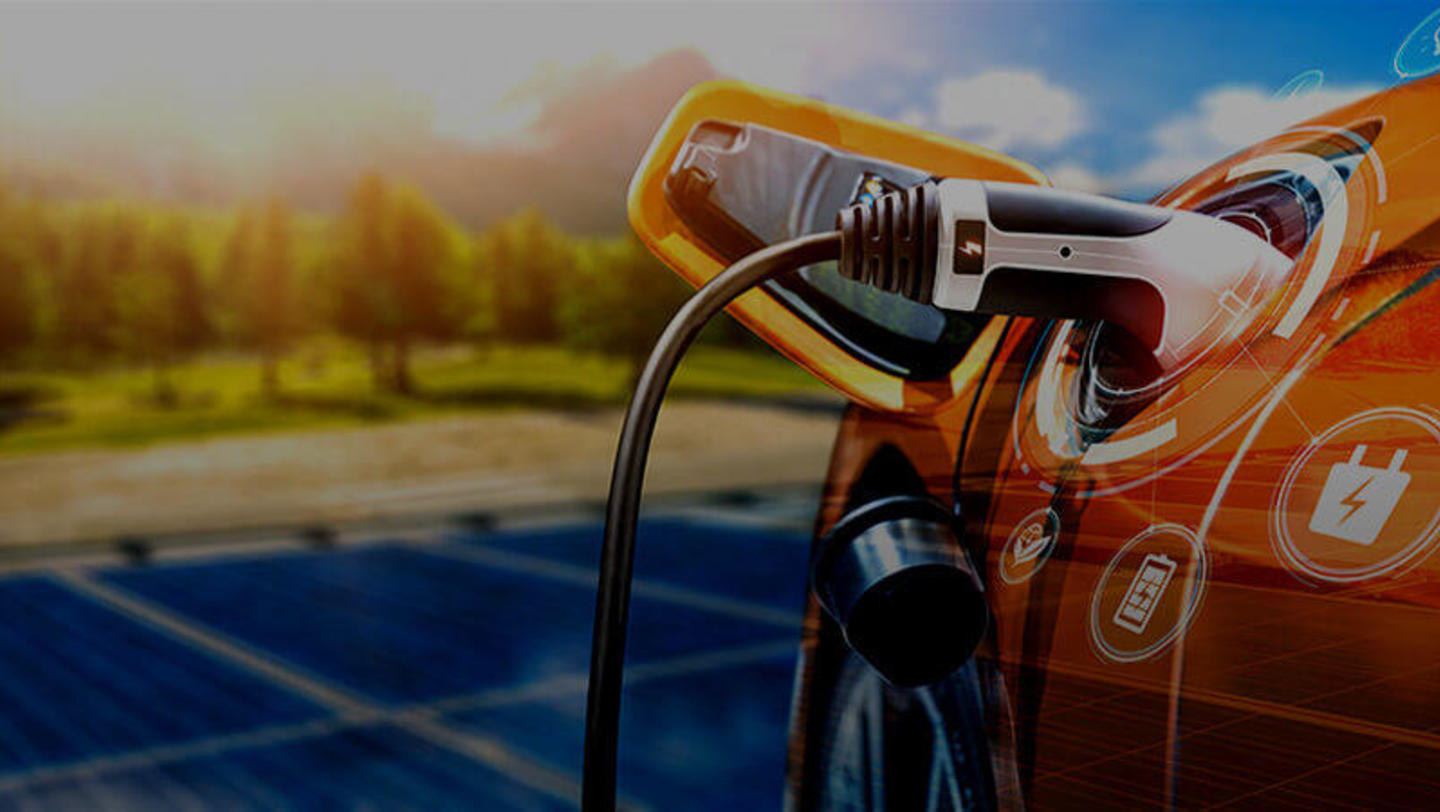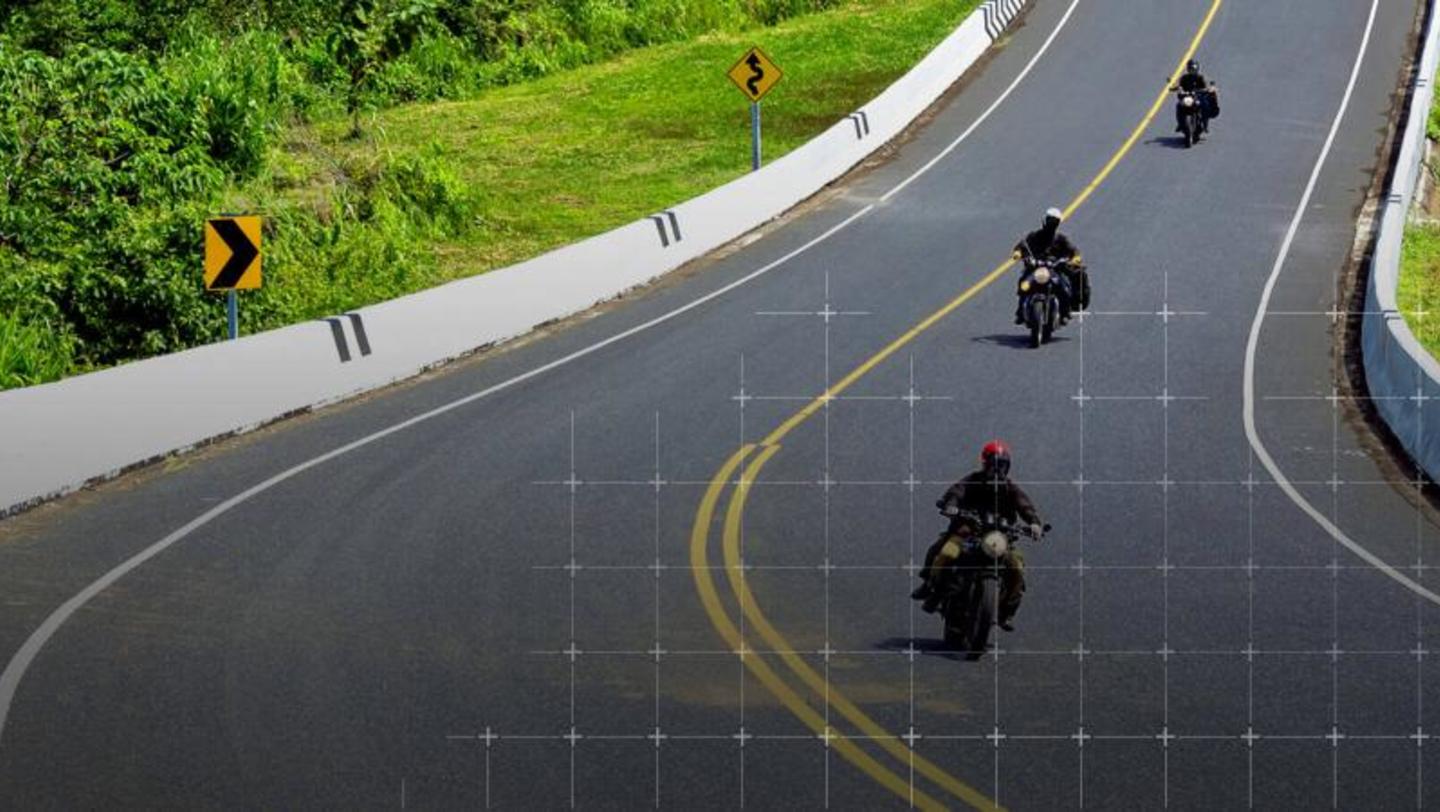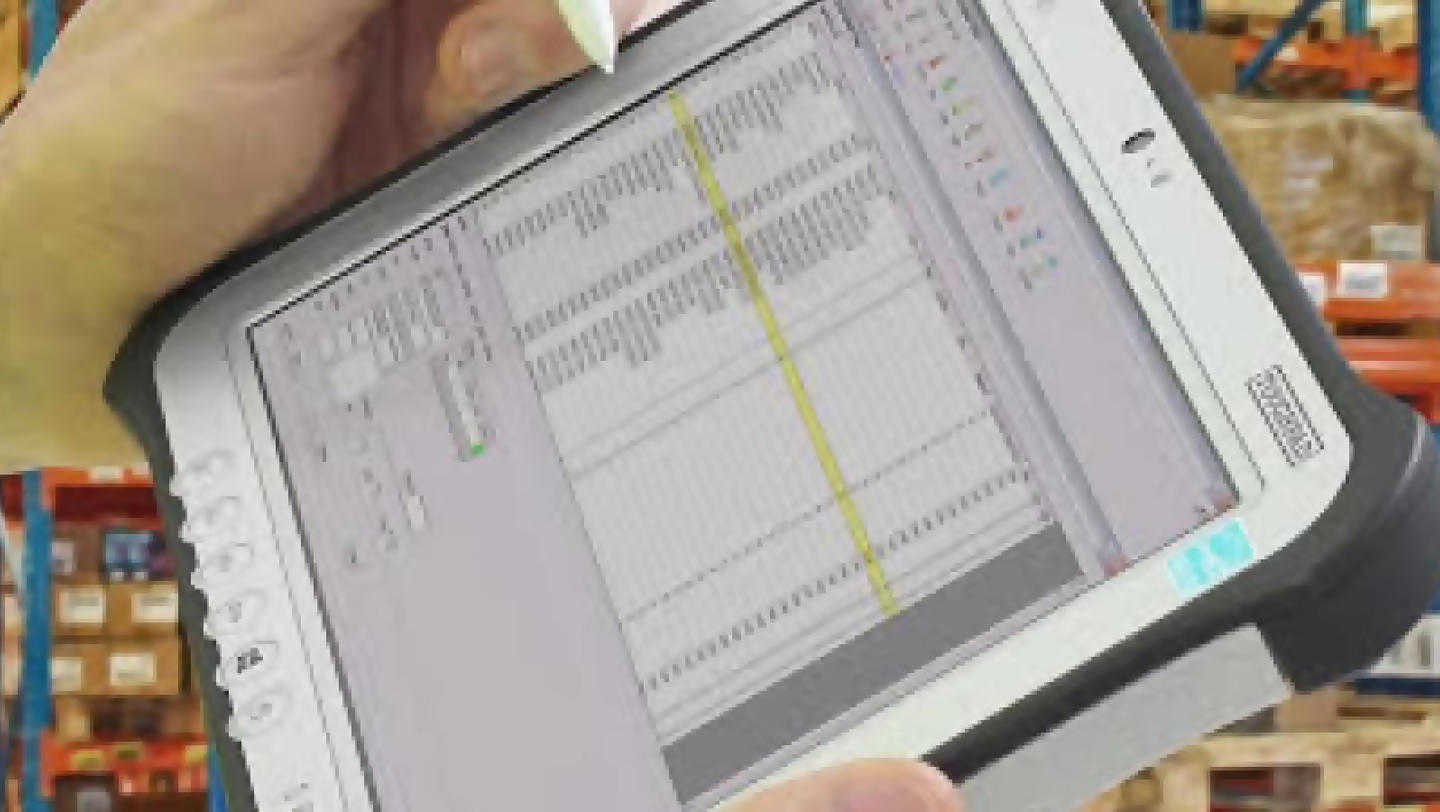How innovation in components is creating the factories of tomorrow

How innovation in components is creating the factories of tomorrow
6 minutesLearn more about Panasonic’s industrial automation solutions
Manufacturing plants worldwide are experiencing a transformation. Technological advancements from smart sensors to robotics are revolutionizing industries, turning the human-powered factory floors of yesterday into the automated, data-driven enterprises of tomorrow.
Industry 4.0 technologies are expected to generate trillions in economic value in the decade ahead – not billions, but trillions. Savvy manufacturers understand that adopting these technologies will be crucial in order to remain competitive in the years to come, and the most forward-thinking among them are already experiencing the benefits of early adoption.
But with tech advancing so rapidly, manufacturers must make strategic decisions about which technologies will have the biggest impact on their bottom line. So, where are industry leaders investing more of their efforts? Here’s a look at some of the technology that’s reshaping manufacturing today – and helping to create the factories of the future.
Keeping tabs on industry just got better
Smart sensors have been instrumental in the shift towards a more automated manufacturing plant. Today’s Internet of Things (IoT) sensors do everything from monitoring condition changes in harsh industrial environments to measuring vibration deep within the cavity of a motor.
Specific industries are utilizing sensors in ways that address situations unique to their fields. In oil, gas and mining, for example, workers have begun wearing sensors that monitor their vital signs, like elevated blood pressure and increased heart rate. This data is sent to the cloud, where it is analyzed to pinpoint locations or activities that could prove hazardous for workers.
Sensors are also helping with energy efficiency. For most large manufacturers, energy is a substantial part of operating costs. When monitored by sensors, power-hungry machines can automatically be shut down during lags. Overloads in electric motor-powered equipment can be corrected, and some machines can be powered up only at times when energy might be discounted by providers. Even small changes can make a big difference to the bottom line.
A smarter way to protect capital investments
After decades of constructing maintenance schedules based purely on the age of a piece of equipment, manufacturers are starting to recognize that this is an unreliable approach to prolonging machine life. In fact, emerging research is showing that only a small percentage of equipment failures are attributed to age. Regularly scheduled preventative maintenance hasn’t fared much better.
However, the deployment of IoT sensors that strategically monitor equipment and then recommend maintenance schedules based on key metrics is extending the life of costly machinery. A recent Deloitte study estimates that sensor-based predictive maintenance scheduling can increase productivity, reducing breakdowns by 70% and lowering maintenance costs by 25%.
We have made contact
Sensors aren't the only small and smart technology reshaping manufacturing. DC contactors, also known as EV relays, are helping to advance technology in some of the most visible disruptive technologies of our time: hybrid and electric vehicles. According to the Energy Policy Simulator developed by Energy Innovation, electric vehicles will make up 65% of new light-duty vehicle sales by 2050.
DC contactors are among the key components keeping these vehicles operational. By disconnecting the battery from a vehicle’s onboard charger, DC contactors provide electrical and physical isolation, which prevents the battery from overcharging or becoming a fire hazard. Other DC contactors also work to shut off circuits in case of an error or power high voltage accessory equipment and control rapid charging.
The brains of the operation
Programmable logic controllers (PLCs) were originally developed to replace relays in machine control, but as the microprocessor revolution transformed personal computers, PLCs also evolved rapidly. They now have the capacity to control multiple specialized robots. Much like an orchestra conductor might direct musicians, PLCs control robots in timing and function to reach a common goal. They can also manage teams of robots on multiple assembly lines, reporting inefficiencies and errors to analysts for maximum production and performance.
Because PLCs have inputs to receive data from machinery and outputs for transmission to centralized databases, often in the cloud, they act as the miniature brains monitoring and controlling machinery such as factory equipment, robots, medical devices and even amusement park rides. Today's PLCs are smaller, faster, and cheaper; they also have wireless capability, which greatly expands their functionality. Panasonic’s new PLC features built-in, dual ethernet ports for greater flexibility and data transmission ability.
Marked for the future
When you think of lasers, you probably don't think of the manufacturing floor. But laser marking is a clean, fast technology that uses precisely controlled, short pulses of energy to permanently mark a wide variety of materials.
Laser markers quickly and precisely print bar codes, serial numbers and best-before dates on consumer packaging. The aerospace and automotive industries use laser marker technology to print on a wide variety of metals that have proved challenging to mark in the past – copper being a prime example. In medical manufacturing, individual devices require unique codes for tracking in case of malfunction or product piracy, and laser markers have proven adept at applying these permanently and efficiently.
Creating the factories of tomorrow
As more manufacturers are discovering how key disruptive technologies can play a critical role in their business, Panasonic will remain deeply engaged in these technologies – from big- picture pioneering to game-changing component innovation. We believe that connecting technologies to integrated solutions is essential to creating the factories of the future and improving quality of life.











